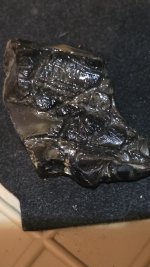LAKE CITY GARRETTATPRO
Jr. Member
I have only been doing this a couple of months, this has taught me where to not go. I had old trailer lots and property that had trailers removed. I began to think what was there and how they looked. It proved my point. rundown places equal trash, bottle caps, metal, and cans. Am I missing something? I have my AT PRO set on pro coins, iron set 36, ground interference set, sensitivity set 2 spots down. I have been hitting 52, 69 and use my at pro pinpointer to find the spot and there is nothing. I dig a foot around it with my little trowel. It says 6 in down, I do and find nothing. Am I doing something wrong? any advice would sincerely be appreciated.





